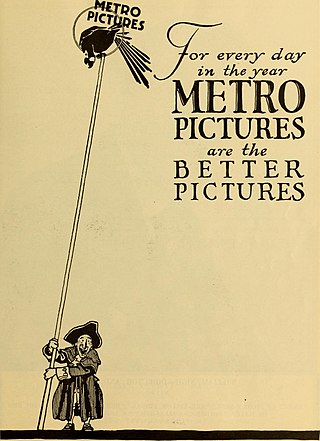
Metro Pictures Corporation was a motion picture production company founded in early 1915 in Jacksonville, Florida. It was a forerunner of Metro-Goldwyn-Mayer. The company produced its films in New York, Los Angeles, and sometimes at leased facilities in Fort Lee, New Jersey. It was purchased in 1919.
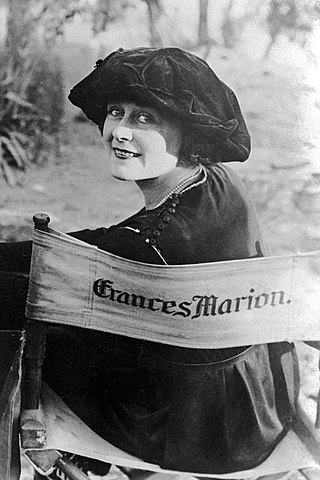
Frances Marion was an American screenwriter, director, journalist and author often cited as one of the most renowned female screenwriters of the 20th century alongside June Mathis and Anita Loos. During the course of her career, she wrote over 325 scripts. She was the first writer to win two Academy Awards. Marion began her film career working for filmmaker Lois Weber. She wrote numerous silent film scenarios for actress Mary Pickford, before transitioning to writing sound films.

Grace Cunard was an American actress, screenwriter and film director. During the silent era, she starred in over 100 films, wrote or co-wrote at least 44 of those productions, and directed no fewer than eight of them. In addition, she edited many of her films, including some of the shorts, serials, and features she developed in collaboration with Francis Ford. Her younger sister, Mina Cunard, was also a film actress.

Florence Lois Weber was an American silent film director, screenwriter, producer and actress. She is identified in some historical references as among "the most important and prolific film directors in the era of silent films". Film historian Anthony Slide has also asserted, "Along with D. W. Griffith, Weber was the American cinema's first genuine auteur, a filmmaker involved in all aspects of production and one who utilized the motion picture to put across her own ideas and philosophies".

Frank Powell was a Canadian-born stage and silent film actor, director, producer, and screenwriter who worked predominantly in the United States. He is also credited with "discovering" Theda Bara and casting her in a starring role in the 1915 release A Fool There Was. Her performance in that production, under Powell's direction, quickly earned Bara widespread fame as the film industry's most popular evil seductress or on-screen "vamp".
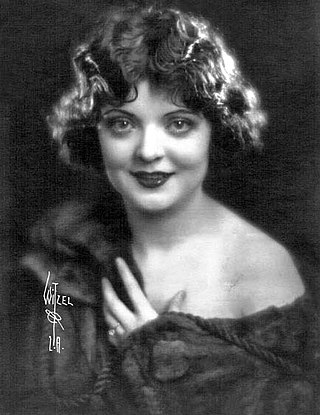
Ethel Shannon was an American actress. She appeared in over 30 silent movies in the early 20th century.
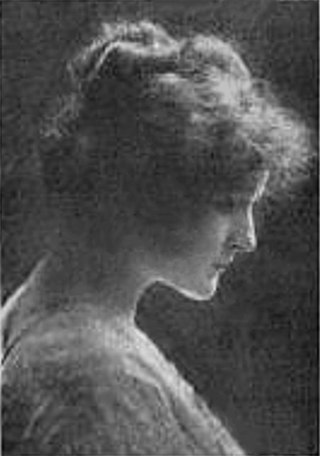
Clara Whipple(néeClara or Clarissa or Clarise Brimmer Whipple; November 7, 1887 – November 6, 1932) was an American actress who flourished in theatre from 1913 to 1915 and in silent film from 1915 to 1919. She was also a silent film scenario writer.

Ella Augusta Hall was an American actress. She appeared in more than 90 films between 1912 and 1933.

Lule Warrenton was an American actress, director, and producer during the silent film era. She appeared in more than 80 films between 1913 and 1922. She was born in Flint, Michigan and died in Laguna Beach, California and was the mother of cinematographer Gilbert Warrenton.

Stuart Paton was a British director, screenwriter and actor of the silent era. Paton mostly worked with Universal, and is accredited with directing 67 films between 1915 and 1938. He also wrote for 24 films between 1914 and 1927.

Agnes Christine Johnston was an American screenwriter who wrote for more than 80 films between 1915 and 1948.

Agnes Vernon was an American film actress of the silent era. While still in her teens, she experienced a meteoric ascent from obscurity to box-office sensation. After turning twenty-three and a movie career fading away, she abandoned the silver screen forever. Vernon performed in over 90 films between 1913 and 1922. She completed most of her roles under contract with Universal Pictures.

John K. Wells was an American actor, director, producer, and writer of the Silent film era. Wells was a 29-year old actor who earned his first credited role in the 1915 Universal short film — The Queen of Hearts.
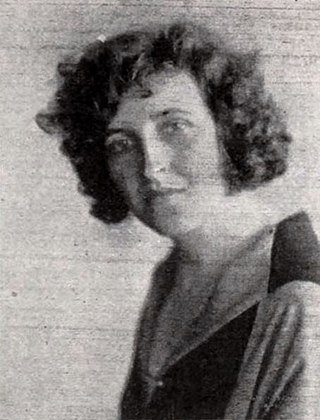
Winifred Dunn was an American screenwriter, editor, radio scenario writer, and art critic in the early 20th century. She was one of the youngest scenario editors of the silent era and was credited with writing over 40 productions.
Anna Violet Clark (1896-1974) was an American screenwriter active during Hollywood's silent era.
Leotta Whytock was an American film editor and actress active during the early days of Hollywood. She was married to fellow film editor Grant Whytock.

Frances Agnew was an American screenwriter active during the 1920s.
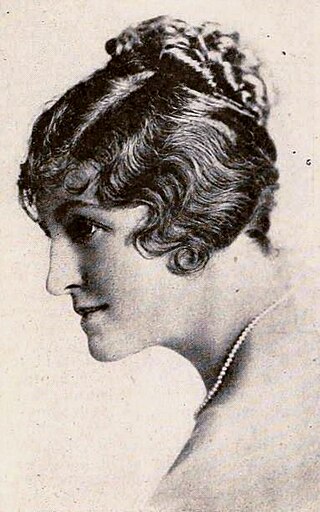
Pearl Doles Bell was an American novelist, film scenarist, radio script writer, and editor. During her career, she published eight novels and had numerous stories adapted into silent films. She was especially known for writing film stories for silent film star Shirley Mason.

Ruth Cummings was an American screenwriter and actress active from the 1910s through the 1930s. She was married to actor-director Irving Cummings in 1917, and they had a son, screenwriter Irving Cummings Jr.

Universal City Zoo was a private animal collection in southern California that provided animals for silent-era Universal Pictures adventure films, circus pictures, and animal comedies, and to "serve as a point of interest" for tourists visiting Universal City. The animals were also leased to other studios. The zoo was closed in 1930, after cinema's transition to synchronized sound complicated the existing systems for using trained animals onscreen.


















